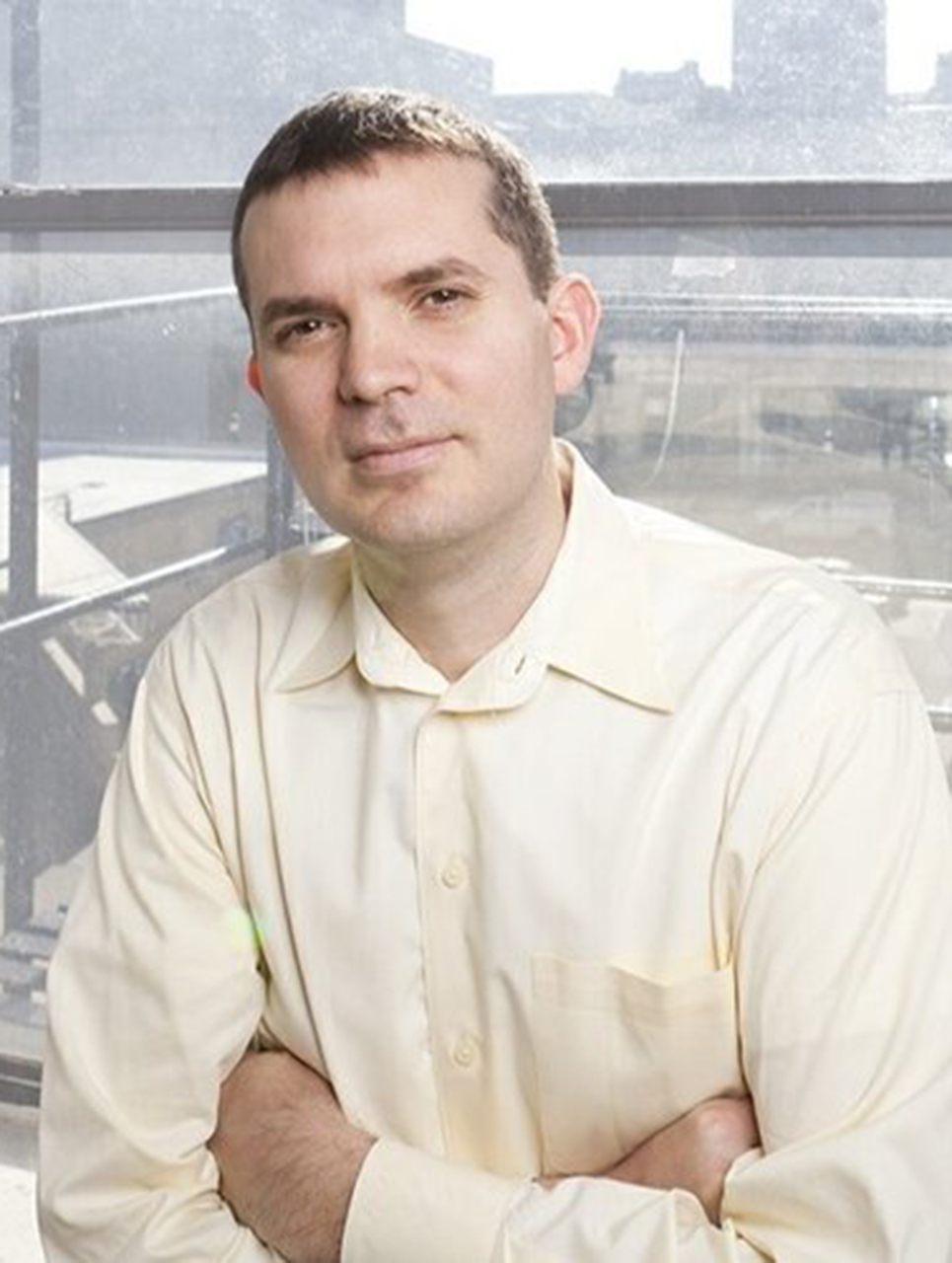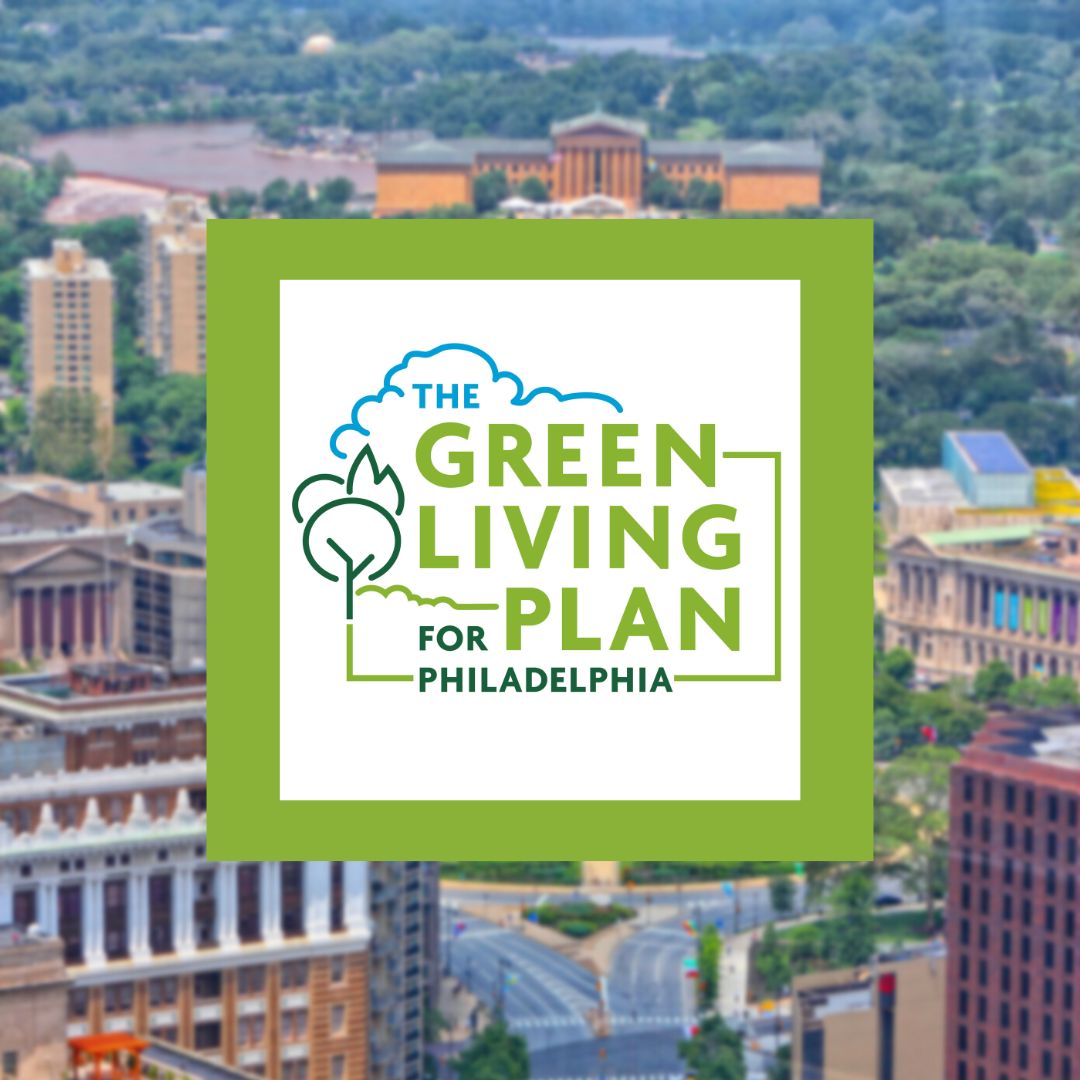Traces of panic on the streets of Philadelphia.
On my bike ride home from work I count no fewer than three people carrying cases of bottled water. Near Drexel’s campus I overhear a student who appears to be an undergrad saying she’s called four food delivery services before finally finding someone who could bring some precious H2O to her doorstep.
It’s surreal to be reporting on the aftermath of the June 2019 oil refinery explosion in South Philly while experiencing the fresh trauma of a chemical spill into the Delaware River (March 2023). All of this happening in the shadow of the East Palestine, Ohio, train derailment and environmental disaster (February 2023).
The good news is … well, actually there’s no good news. The least worst news is that experts now believe there is little threat from this particular spill; while 8,000 gallons of latex emulsion solution is certainly a lot, spread out over millions of gallons in a river, the effect will likely be small.
If this is true, hallelujah! Another disaster dodged.
For now, that is. We continue to play reckless games with the environment, carting toxic chemicals here and there, knowing full well that our systems for managing such substances will inevitably fail, derail, spill, explode.
Even as we dance between the raindrops and avoid worst-case scenarios, we suffer when the systems work the way they are supposed to. The chemicals that we’re terrified of having in our water are routinely released into the air. And accidents, barely newsworthy, happen all the time. Ryan Briggs of the Philadelphia Inquirer has reported on the dodgy history of Trinseo Altuglas (the Bristol-based factory where the spill originated), and their infractions are many.
Simultaneously, as an op-ed in the Inquirer co-written by PennEnvironment executive director David Masur and Natural Resources Defense Council senior director Kimberly Ong points out, a liquified natural gas terminal is slated to be built in Gibbstown, New Jersey, less than 15 miles downriver from Philadelphia. If the project is completed — and there is no reason to believe it won’t be — Philadelphia and its suburbs will have extremely dangerous, highly-explosive gas slithering on train tracks on a daily basis.
This issue is the Future Issue, the last of our 2030 Series, and Bernard Brown, Grid reporter and — as of this month — managing editor, reviews the mountains of plans and initiatives the City has authored. Reading these plans can be inspiring. As Brown writes: “It is intoxicating to imagine what the city would look like if all these plans were implemented.”
Unfortunately, we are not following these plans, and that’s clear when you look out the window or read the news. In so many ways, we know what we need to do. We just need the political leadership and willpower to address these issues.
It won’t solve everything, but choosing a mayoral candidate who understands the gravity of the situation will certainly help.
As I mentioned, this is the last of the 2030 Series, an editorial idea that was largely the brainchild of Nic Esposito, who served as Grid’s Director of Operations for the past two years (and my friend for the past 15). I’ve enjoyed immensely his passion, intelligence and humor in our office. He’s leaving to pursue a big dream that I’m sure we will be reporting on in these pages — but really, I know he will never stray too far. He’s Grid to the core.

Alex Mulcahy, Editor-in-Chief








